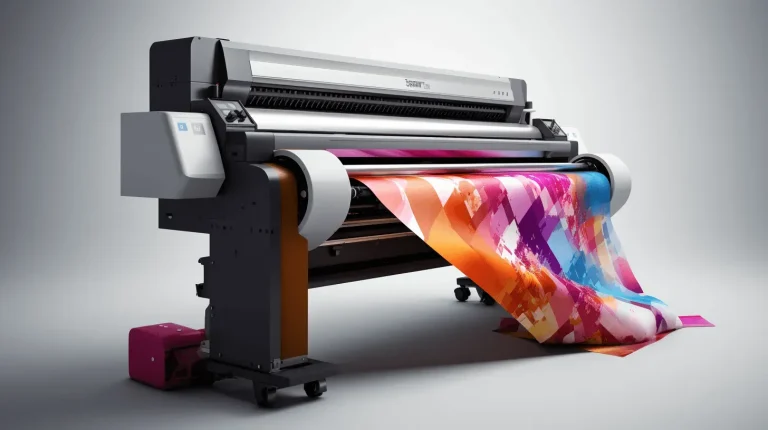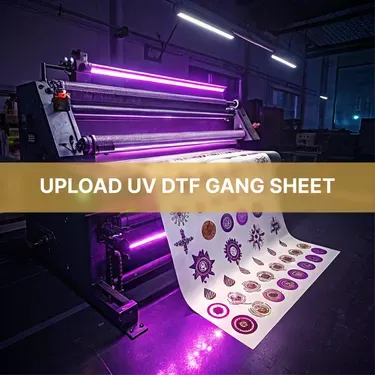Texas DTF Case Study: Small-Town Shop Thrives Online
Texas DTF Case Study highlights how a local shop carved out a niche in the competitive apparel market by embracing Direct-to-Film printing. The narrative focuses on practical decision-making, from equipment choices to workflow planning, that turn a modest storefront into a reliable partner for local brands. By tightening the operational levers and aligning customer service with on-demand capabilities, the shop demonstrated how added value translates into repeat business. This article also offers practical DTF workflow tips to help other studios optimize ink usage, color management, and turnaround times. The result is a flexible, growth-ready model that keeps pace with customer demands and the evolving needs of today’s apparel market.
An alternative frame for this topic is to examine how a rural shop adopted a film-based transfer method to expand its catalog and serve on-demand orders with consistent results. This approach emphasizes scalable workflows, on-demand decoration, and reliable color reproduction—key ingredients for competing with larger shops. The story shows how a modest storefront becomes a trusted partner for clubs, teams, and local brands by combining digital assets with practical production processes. Across the broader Texas print scene, such transitions illustrate how small teams can harness modern tooling to reduce waste, shorten lead times, and improve profitability.
Texas DTF Case Study: How a Small-Town Printing Shop Expanded with Direct-to-Film Printing
The Texas DTF Case Study highlights how a modest, family-owned shop in a small town leveraged Direct-to-Film printing to carve out a niche in a busy apparel market. By adopting DTF technology, the shop could offer on-demand runs, vibrant color reproduction, and reliable performance across a range of fabrics, aligning with the needs of local brands, sports teams, and event organizers. This approach also speaks to broader trends in the Texas printing industry, where smaller operators are finding scalable paths to compete on quality and turnaround time.
With the shift to Direct-to-Film printing, the shop evaluated equipment, software, and workflow in a structured way. They invested in a mid-range DTF printer and a sturdy heat press, chosen for reliability, service support, and consistency. The decision enabled them to expand product offerings while maintaining the personal touch that defines a small-town business, setting the stage for a durable DTF business case study that other Texas shops can learn from.
DTF Workflow Tips for Small-Town Shops in the Texas Printing Industry
A core takeaway from this case is clear: implement a repeatable DTF workflow that minimizes variability and accelerates throughput. From meticulous file preparation and color management to RIP settings that balance ink coverage with a soft hand on fabrics, standardized steps ensure predictable results across batches. Emphasizing DTF workflow tips, the shop built a process that reduced rework, shortened lead times, and strengthened customer trust in a competitive Texas printing environment.
Beyond the technical steps, the story emphasizes practical operational discipline—SOPs for each stage, proactive maintenance, and deliberate supplier diversification—to shield the business from downtime and supply chain hiccups. This disciplined approach makes it possible for a small-town printing shop to compete with larger shops on quality, speed, and value, while delivering on-demand capabilities that appeal to local teams, clubs, and boutiques within the Texas printing industry.
Frequently Asked Questions
How does the Texas DTF Case Study show Direct-to-Film printing benefiting a small-town printing shop within the Texas printing industry?
The Texas DTF Case Study demonstrates that Direct-to-Film printing provides cost efficiency, shorter setup times, and on-demand production for a small-town printing shop. By adopting a mid-range DTF printer and reliable heat press, the shop expanded product offerings, served local clubs and schools, and strengthened its position in the Texas printing industry, all while maintaining personal service and strong customer relationships.
What DTF workflow tips from the Texas DTF Case Study can help a small-town shop improve efficiency and consistency?
The Texas DTF Case Study highlights practical DTF workflow tips such as establishing a documented SOP for file prep, color management, coating, curing, and heat-press timing; tuning RIP settings to balance ink coverage and fabric feel; maintaining color calibration with swatches across fabrics; diversifying suppliers for films, inks, and adhesives to reduce downtime; and investing in staff training and on-site design consultations to speed proficiency and consistency.
| Aspect |
|---|
| Overview |
| Background and Context |
| Direct-to-Film Printing: Why It Matters |
| From Concept to Installation |
| Direct-to-Film Printing in Practice |
| Equipment and Capabilities |
| Operational Efficiency and Quality Control |
| Customer Acquisition and Market Position |
| Pricing, Value, and Profitability |
| Challenges and How They Were Addressed |
| Impact and Outcomes |
| Key Takeaways for Other Shops |
Summary
Conclusion: Texas DTF Case Study demonstrates that small-town shops can thrive by embracing Direct-to-Film printing in a thoughtful, customer-centric way. It showcases how a regional business can expand its capabilities, improve efficiency, and strengthen community ties while delivering high-quality, on-demand garments. For operators in the Texas printing industry and beyond, the lessons from this case study offer a practical blueprint: invest in the right equipment, cultivate a scalable workflow, and align product offerings with customer needs. The end result is a sustainable, growth-oriented model that proves small shops can compete—and win—in a modern print landscape. If you’re considering whether DTF is right for your own shop, borrow from the approach outlined in this Texas DTF Case Study: evaluate your market, pilot with a small batch, measure and refine, and scale with confidence. The combination of technology, process discipline, and community focus can turn a local shop into a durable, forward-looking business.




